AES
Established Member
Blimey, that's a real Aladdin's cave you've got there!

 Evenwood saw
Evenwood saw 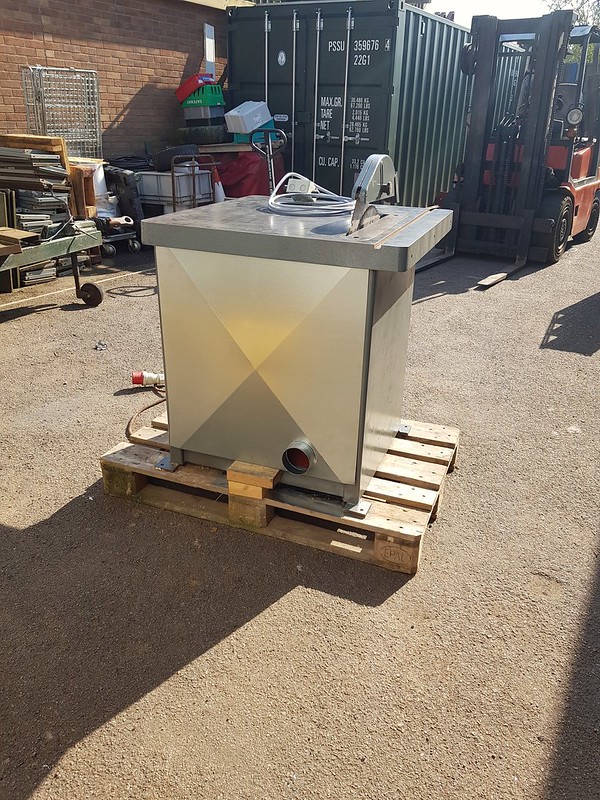 Evenwood rear panel
Evenwood rear panel  Evenwood painted
Evenwood painted  Broken casting
Broken casting 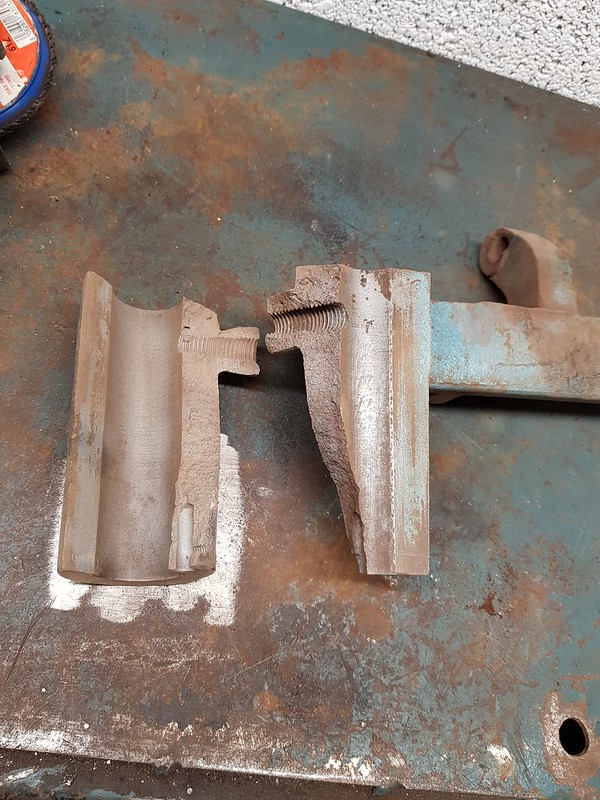 Sandblasted
Sandblasted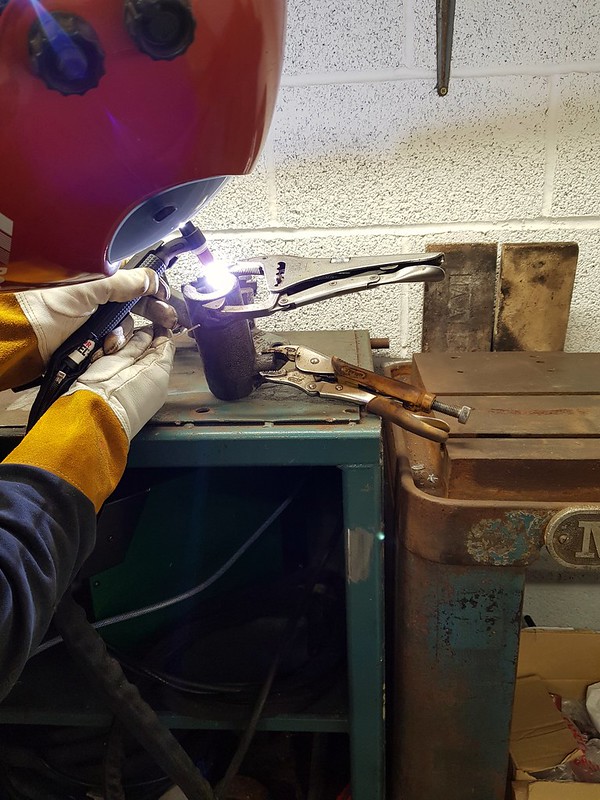 Tig brazing
Tig brazing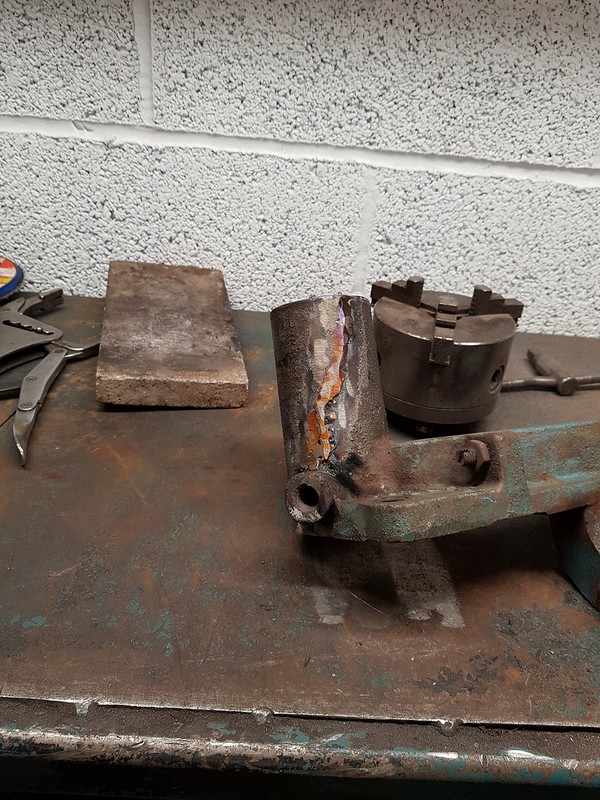 Brazed!
Brazed!



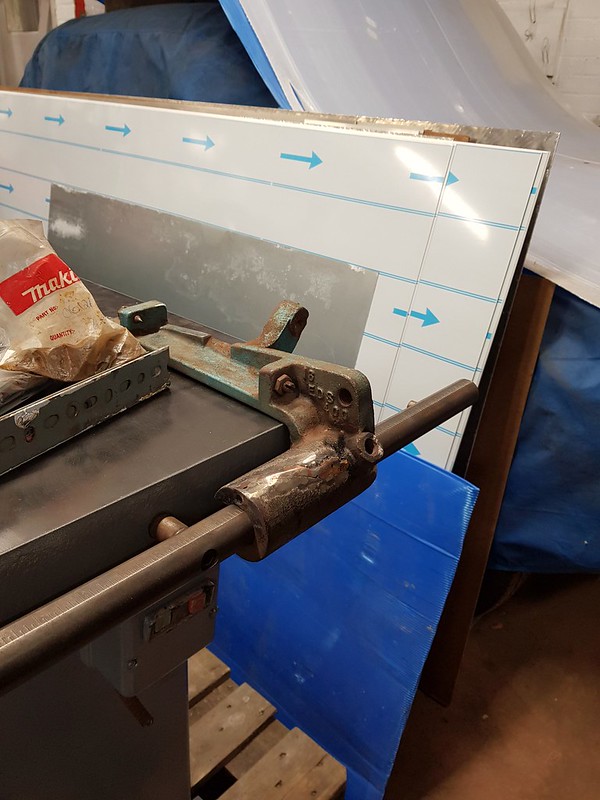 Success
Success Turned pin
Turned pin Next part
Next part TFrench":3d4v02rs said:One word: Farmers.
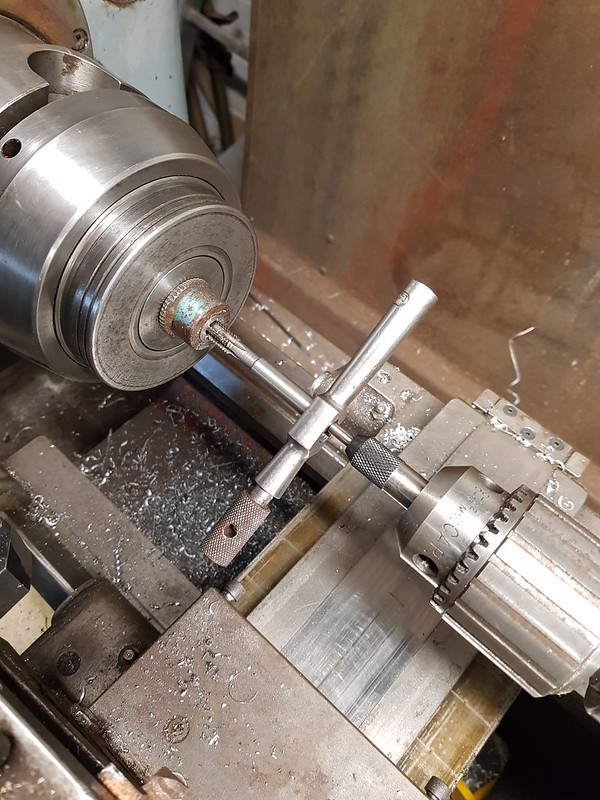 Tapping
Tapping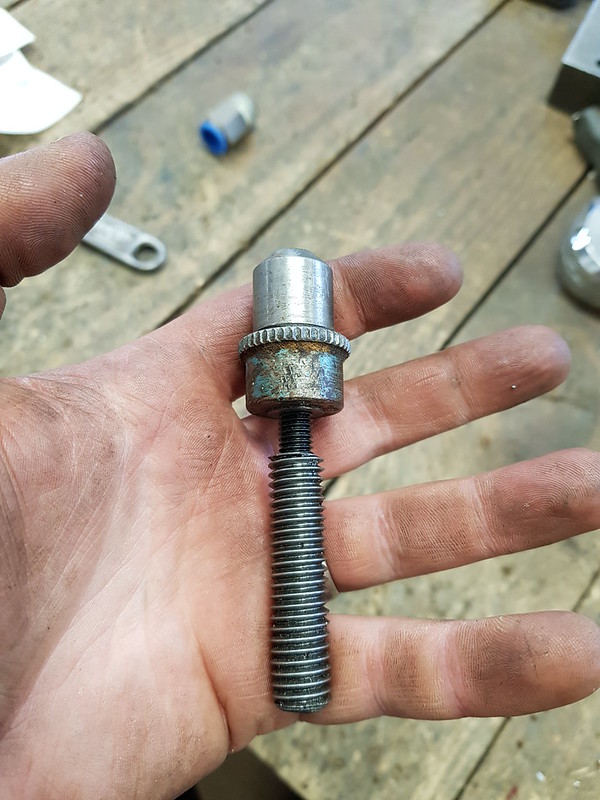 Both ends tapped
Both ends tapped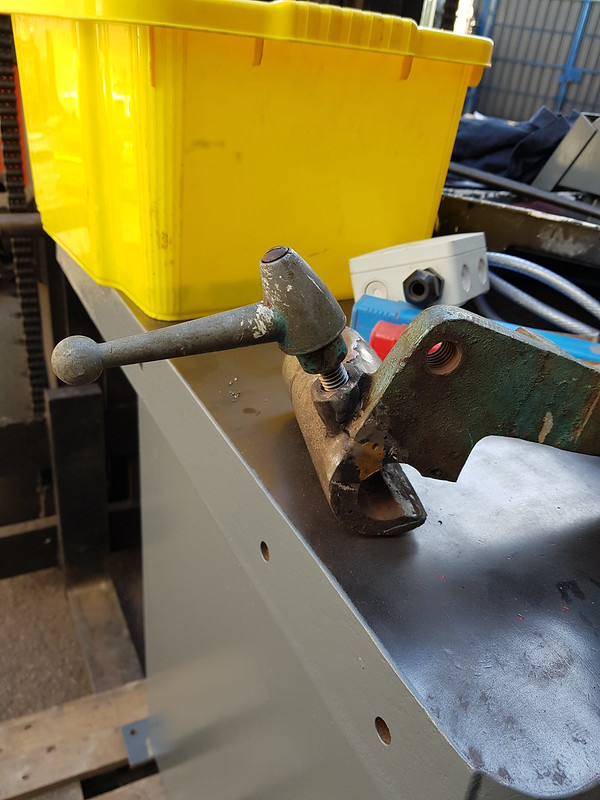 Back together
Back together Knurling
Knurling Milling flat
Milling flat 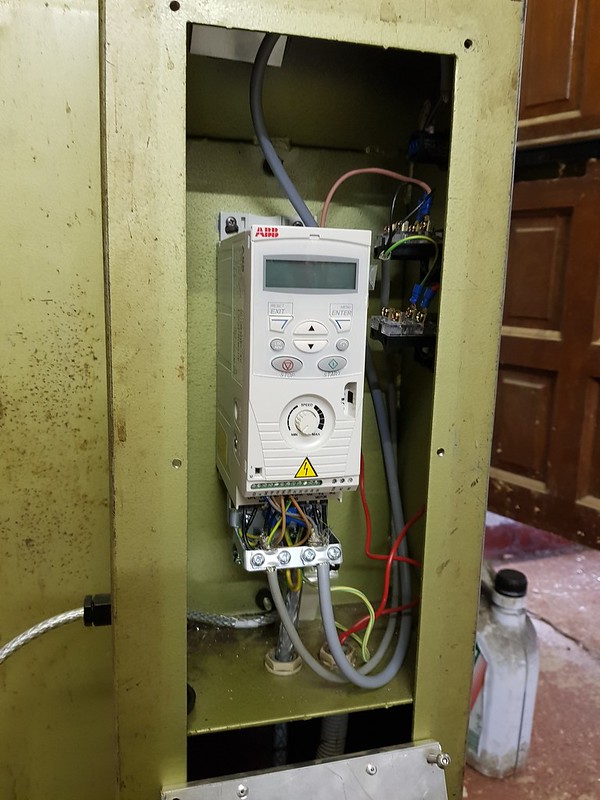 Inverter
Inverter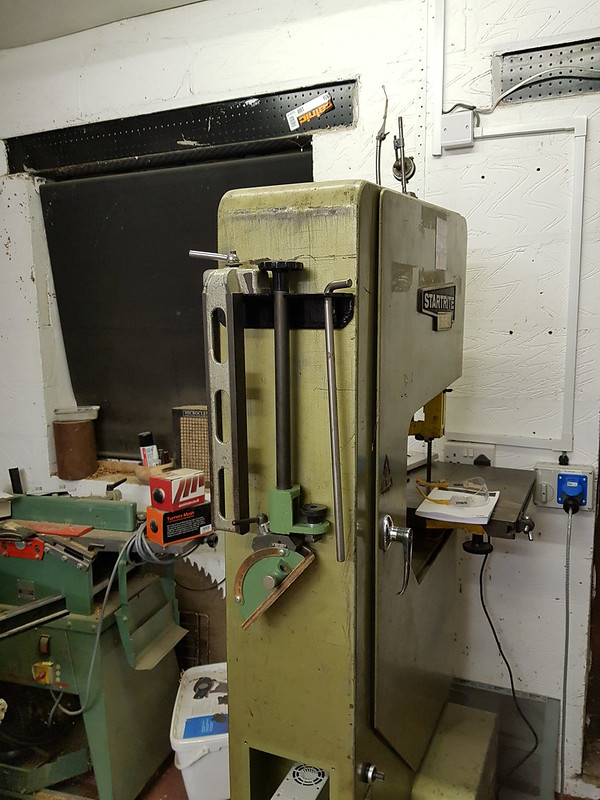 Tool rack
Tool rack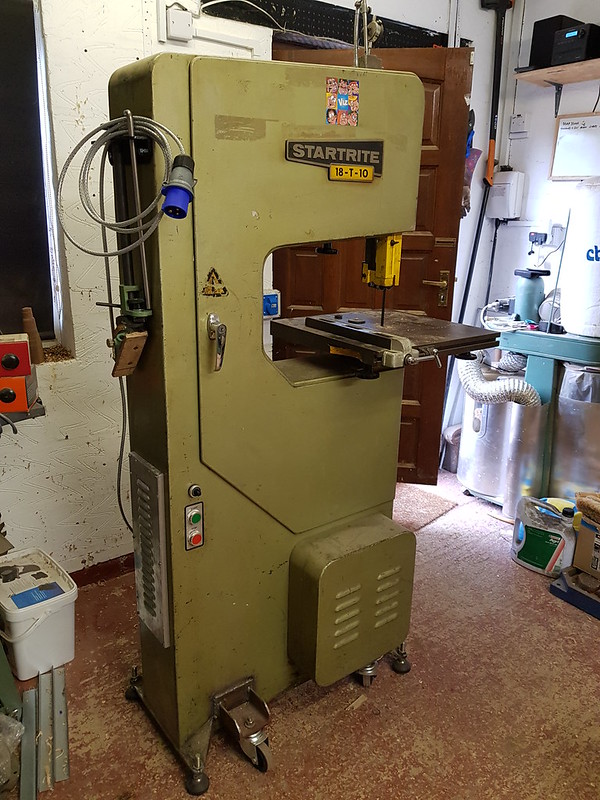
 Startrite mitre guide
Startrite mitre guide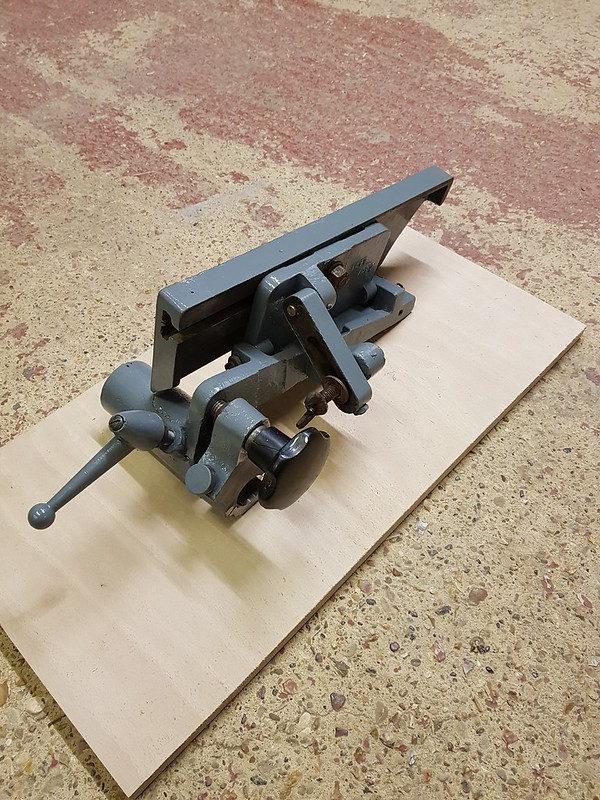 Finished fence
Finished fence 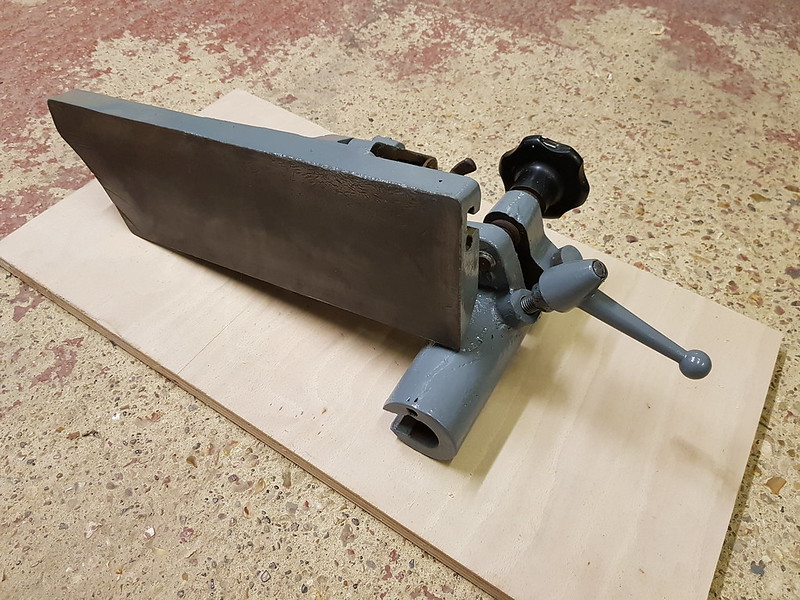 Finished fence
Finished fence